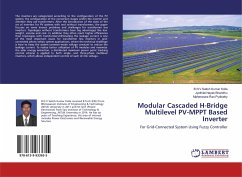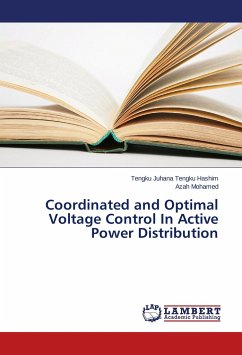
Planning of Low Voltage Distribution System
Integration of PV and Storage
Versandkostenfrei!
Versandfertig in 6-10 Tagen
47,99 €
inkl. MwSt.

PAYBACK Punkte
24 °P sammeln!
This book aims to develop planning strategies for the low voltage distribution system to contribute to the electrification in developing countries. The first part of this book focusses on the development of architecture's optimization methods to minimize the capital expenditure (CAPEX) and operational expenditure (OPEX) while respecting both topological and electrical constraints and integrating the uncertainties on the future development of the low voltage customers. The second part of the book proposes a novel planning solution so as to integrate the current and future Photovoltaic (PV) prod...
This book aims to develop planning strategies for the low voltage distribution system to contribute to the electrification in developing countries. The first part of this book focusses on the development of architecture's optimization methods to minimize the capital expenditure (CAPEX) and operational expenditure (OPEX) while respecting both topological and electrical constraints and integrating the uncertainties on the future development of the low voltage customers. The second part of the book proposes a novel planning solution so as to integrate the current and future Photovoltaic (PV) productions on the low voltage distribution system. This solution consists in adding centralized battery energy storage (CeBES) and decentralized battery storage (DeBES) into the distribution system. A technical and economic comparison with the classic solution of reinforcement allows estimating the interest of this new solution.












